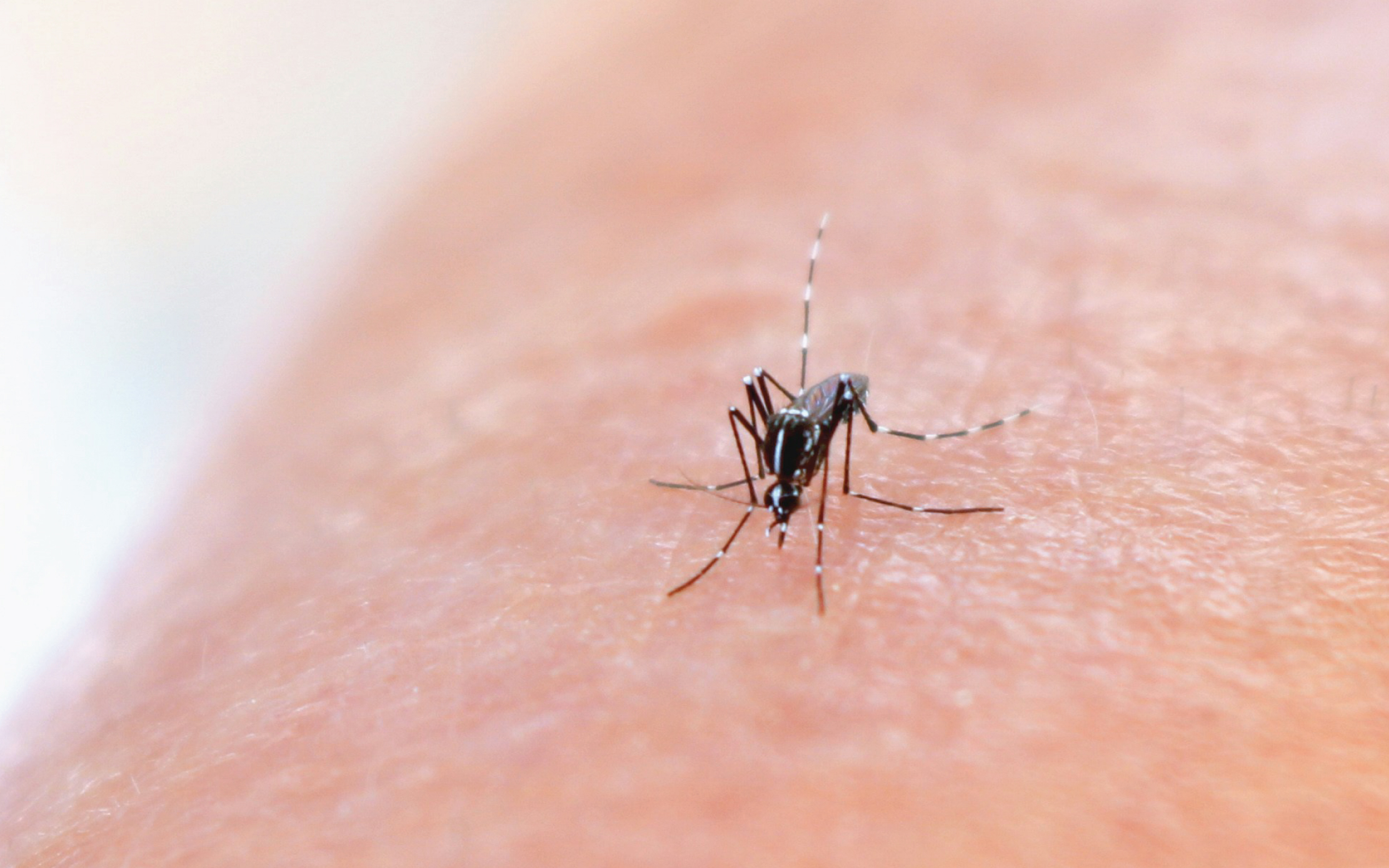Success thrives on collaboration, even within our immune system, where cells work together to defend against viral infections. However, in some cases this cooperation can backfire, and lead to unintended consequences such as inflammation, joint pain or even neurological complications.
“We lack knowledge on how chikungunya virus (CHIKV) persists in our bodies, how it evades our immune system, and the specific roles of immune cells and cytokines,” said Fok-Moon Lum, an Investigator at the A*STAR Infectious Diseases Labs (A*STAR IDL). Chikungunya, a mosquito-borne illness common in Southeast Asia due to its tropical climate, remains a significant public health issue.
Lum and colleagues explored how immune system crosstalk contributes to CHIKV pathology. Using a CHIKV-infected mouse model, which mimics the joint pain common in human cases, the team closely analysed immune cells infiltrating the inflamed joint.
Flow cytometry, a technique for identifying immune cells based on surface markers, revealed a significant finding: at the peak of joint swelling, large numbers of activated macrophages—immune cells that engulf pathogens—flooded the affected area.
This observation built on the team’s earlier work showing that CD4⁺ T cells play a crucial role in CHIKV pathology. The team confirmed that these T cells were releasing cytokines, such as IFNγ and GM-CSF, which recruit and activate macrophages.
Strikingly, when macrophages were depleted, both the number of CD4⁺ T cells and joint swelling diminished. This suggested a reciprocal relationship: macrophages were driving CD4⁺ T cell activity, which in turn exacerbated inflammation in the joints. Lum explained that these findings highlight how immune crosstalk creates a vicious cycle, driving CHIKV pathology.
The research paves the way for new treatments. “By designing targeted therapies that disrupt harmful macrophage-T cell interactions, we could effectively modulate host immune responses and ultimately reduce tissue damage,” noted Lum.
These insights may impact strategies for treating CHIKV and other viral diseases by focusing on immune response modulation rather than symptom management. Its implications also extend beyond infectious diseases to autoimmune disorders, cancer and neuroinflammatory conditions, offering new insights into how immunity and overall health are intricately connected.
Lum’s team is now expanding their research by investigating new communication pathways between immune cells, which include unexpected mechanisms such as metabolic, hormonal and neuronal signalling.
“These unconventional pathways could reveal surprising links between the immune system and other bodily processes,” said Lum.
The A*STAR-affiliated researchers contributing to this research are from the A*STAR Infectious Diseases Labs (A*STAR IDL).







